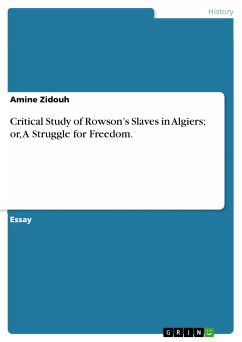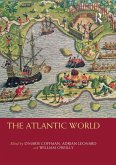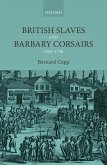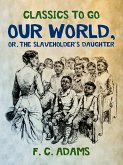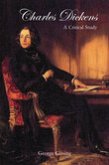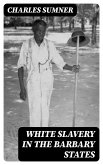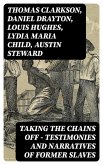Essay from the year 2012 in the subject World History - General and Comparison, grade: 14/20, University Hassan II. Casablanca, language: English, abstract: Slaves in Algiers; or, A Struggle for Freedom (1794) is a play written by Susanna Haswell Rowson. The setting takes place in "Barbary" - the Mediterranean coast of North Africa - and more precisely in Algiers. The play centers on the lives of several American 'slaves' who plot their escape in an unflappable look for freedom. The relevance of studying a piece of literature - and more precisely, a play - stems from the idea that people in the time, used to watch plays, more than they would read books because plays were regarded as being more 'entertaining'. In addition to that, although plays are a fictitious form of literature, they were always related to real events; hence the majority of people consider them as being true or as at least as referring to some real events. Another point would be that literature in that time was -often- judged on the basis of the moral values it contained. In that regard, Slaves in Algiers; or, A Struggle for Freedom is a rich document to be scrutinized with as much seriousness as when dealing with other sources that are considered as more 'factual'. Therefore the need to study such a piece emanates from its very crucial role in shaping social reality , via its representation of 'Barbary' and its reflections over the nature of freedom, slavery and race.
Dieser Download kann aus rechtlichen Gründen nur mit Rechnungsadresse in A, B, BG, CY, CZ, D, DK, EW, E, FIN, F, GR, HR, H, IRL, I, LT, L, LR, M, NL, PL, P, R, S, SLO, SK ausgeliefert werden.

